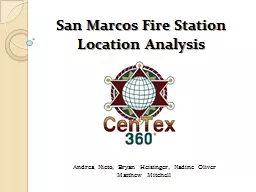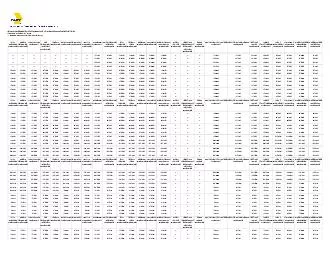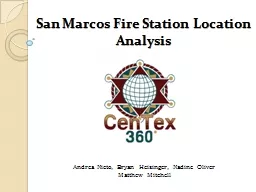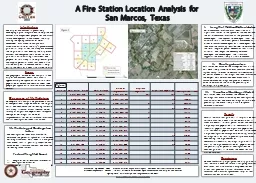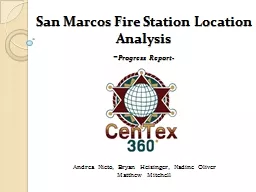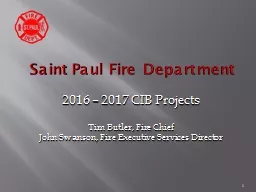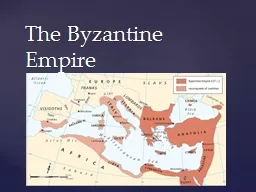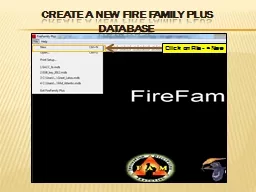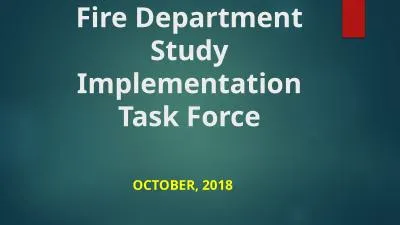PPT-San Marcos Fire Station Location Analysis
Author : karlyn-bohler | Published Date : 2018-01-31
Andrea Nieto Bryan Heisinger Nadine Oliver Matthew Mitchell Introduction Summary According to the United States Census Bureau between 2010 and 2011 San Marcos
Presentation Embed Code
Download Presentation
Download Presentation The PPT/PDF document "San Marcos Fire Station Location Analysi..." is the property of its rightful owner. Permission is granted to download and print the materials on this website for personal, non-commercial use only, and to display it on your personal computer provided you do not modify the materials and that you retain all copyright notices contained in the materials. By downloading content from our website, you accept the terms of this agreement.
San Marcos Fire Station Location Analysis: Transcript
Download Rules Of Document
"San Marcos Fire Station Location Analysis"The content belongs to its owner. You may download and print it for personal use, without modification, and keep all copyright notices. By downloading, you agree to these terms.
Related Documents

